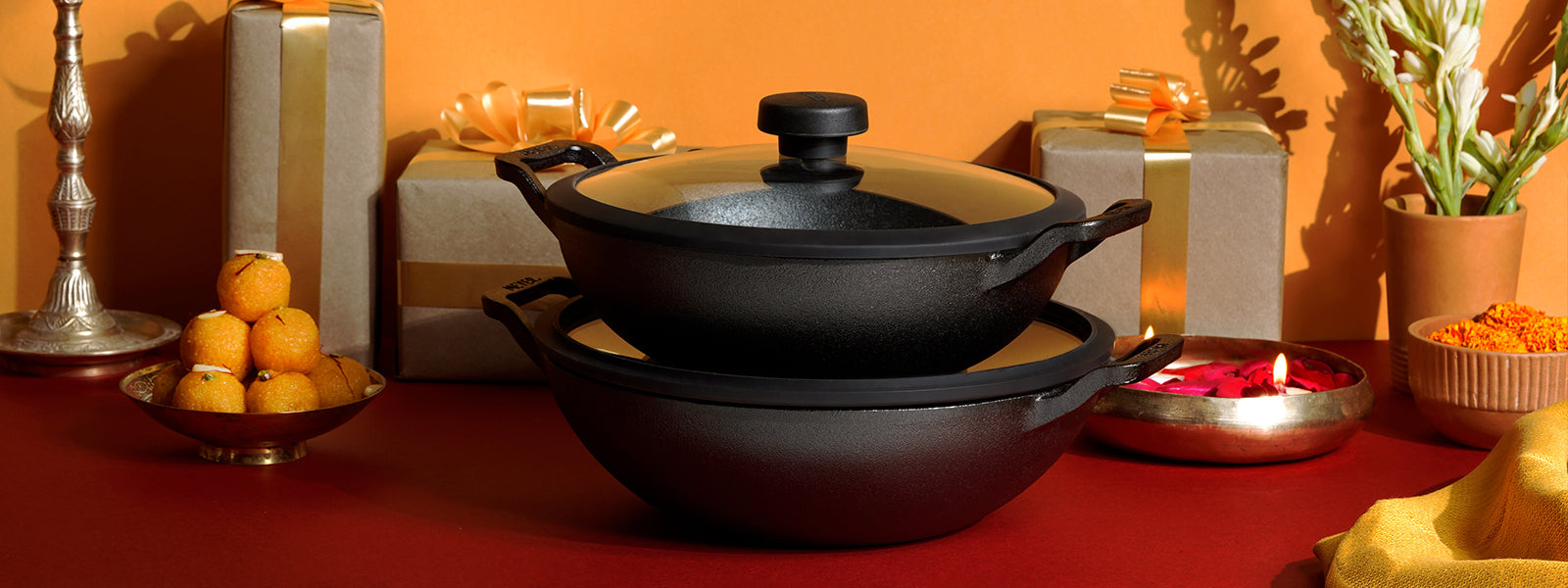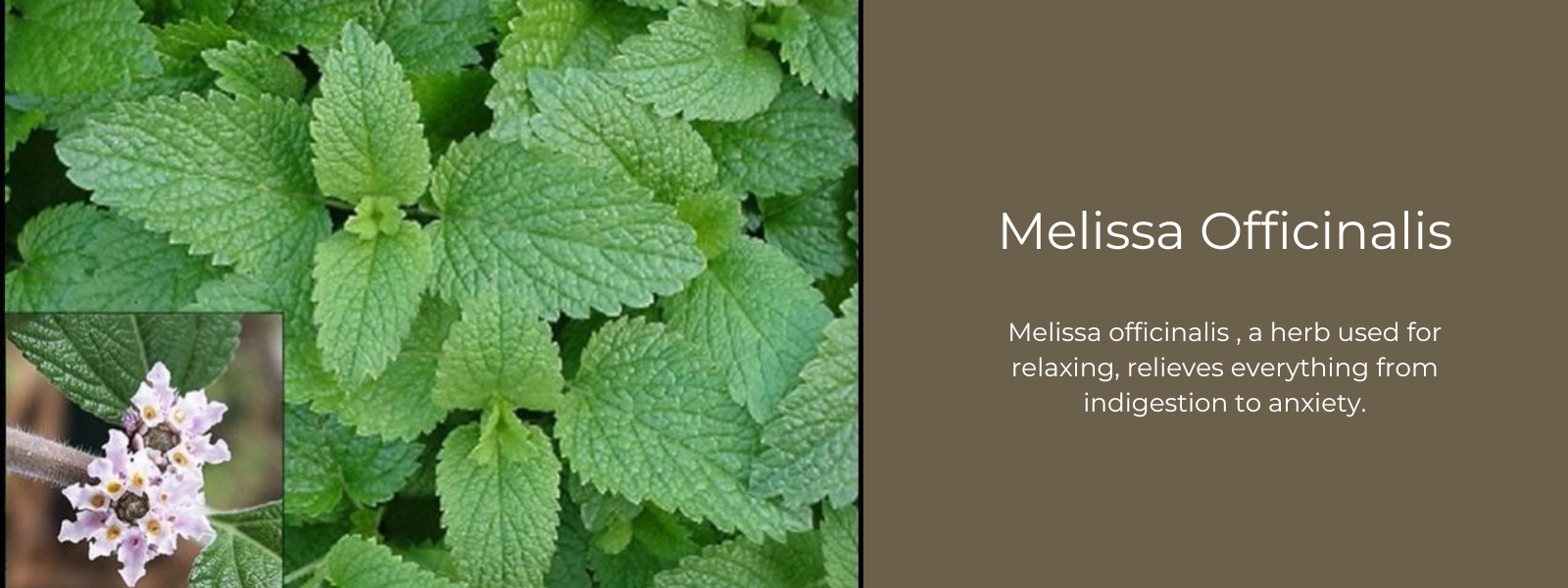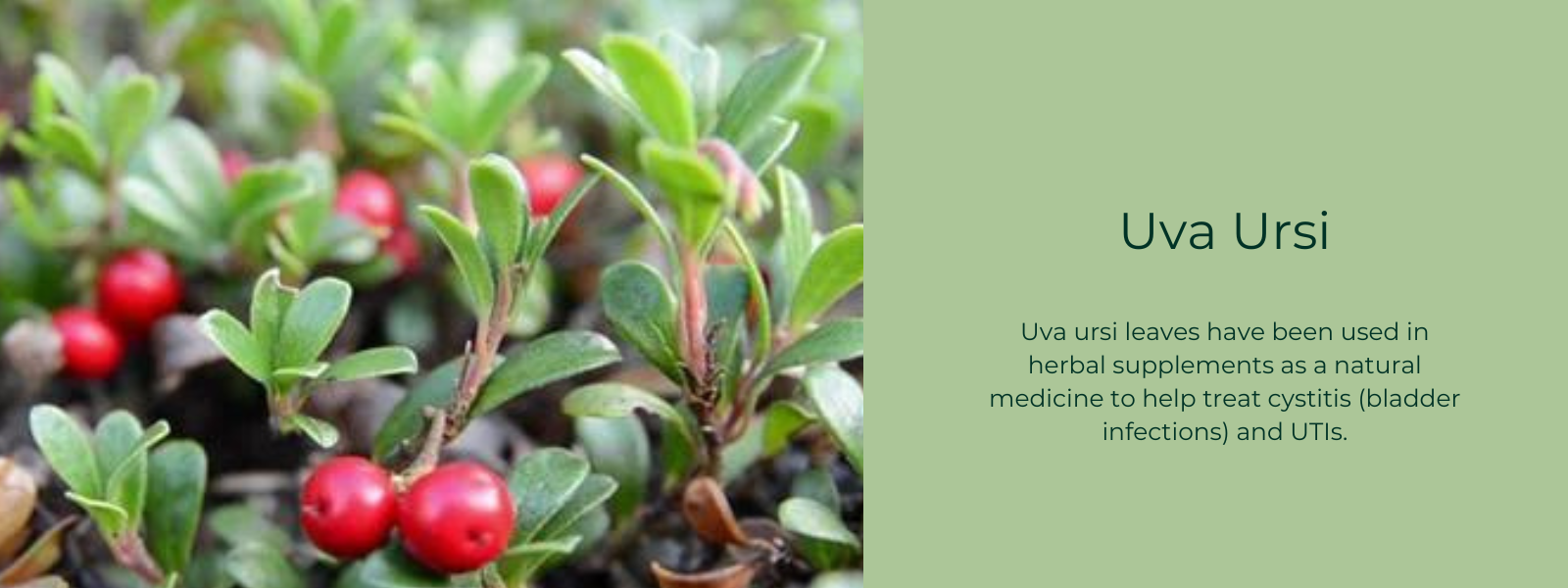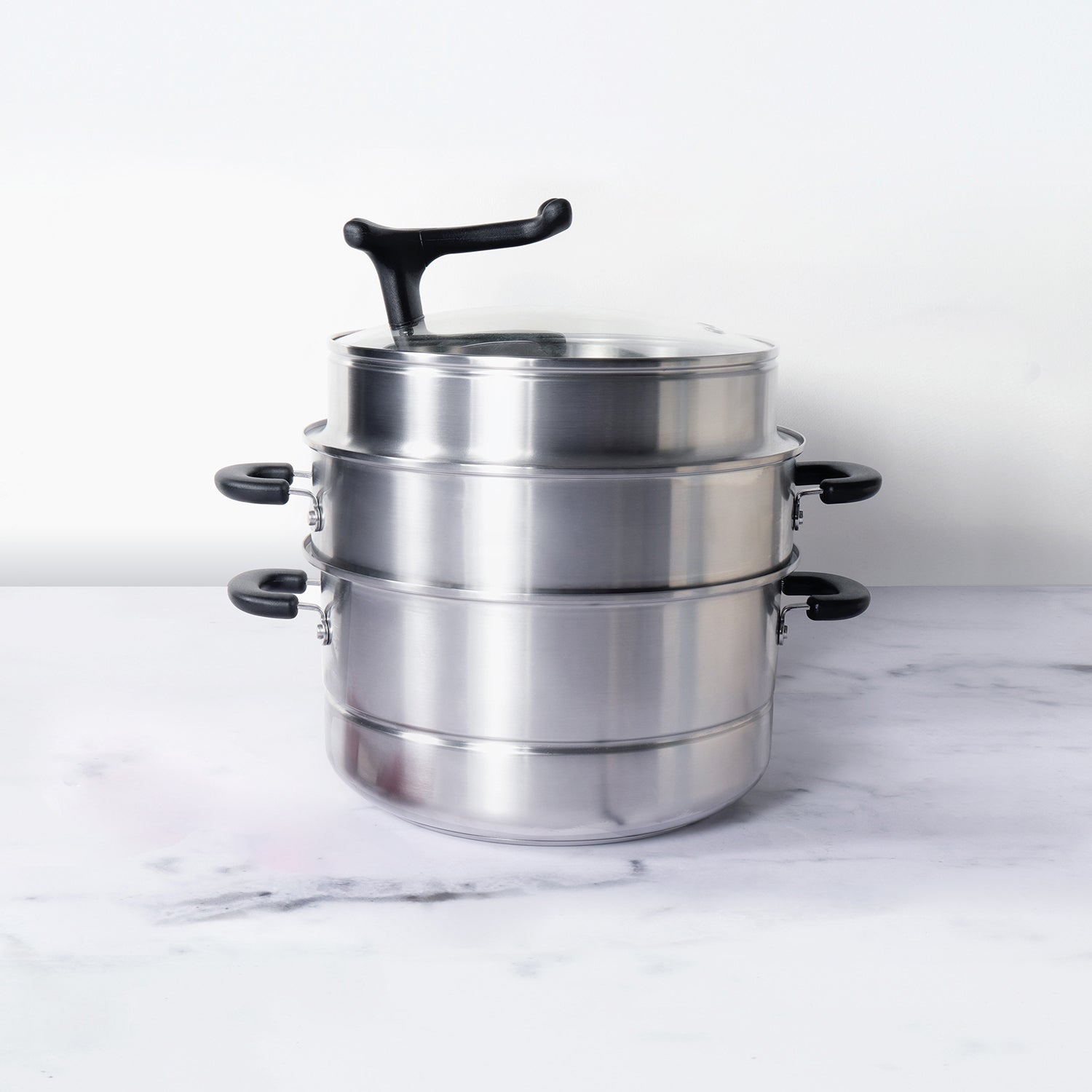Artemisia argyi, also known as mugwort, serves as a yellow dye, an insect repellent, a food additive, and a potential cure for everything from infertility to flatulence. It is indigenous to Europe, as well as several regions of Asia and Africa. However, these days, it grows all throughout the world, including North America. Artemisia argyi has a long history of use in several traditional medical systems around the world.
Table of Contents
Oral use of Artemisia argyi is now recommended for high blood pressure, irregular periods, and digestive issues. Additionally, it is marketed as a liver tonic, sedative, and laxative.
The application of mugwort lotion on the skin is advised for irritation brought on by hypertrophic scars (visible, raised scars that can sometimes cause restricted movement of muscles, joints, and tendons).
Plant description of Artemisia argyi:
Artemisia vulgaris is a member of the daisy family that is native to Asia and Europe. It can reach a height of 6 feet and blooms in the summer with yellow or reddish-brown flowers. Its flavour and perfume are comparable to sage, and its leaves have a silvery fluff on the underside.
Folklore and traditional use of Artemisia argyi:
Artemisia argyi used to be highly regarded. To prevent tiredness, Roman troops placed Artemisia argyi on their sandals before marching. Additionally, it was believed to ward off evil spirits and wild animals. People planted it around their homes and gardens to ward off moths and placed it beneath their pillows to promote vivid dreams.
Usage of Artemisia argyi all over the world:
For hundreds of years, Chinese societies have employed various plant parts for cooking and therapeutic treatment; references to these uses can be found in songs and poetry from the 11th century as well as one poem from 3 BC. At the March Doll Festival in Japan, kusa mochi (rice cakes with mugwort) is a customary delicacy.
Artemisia argyi is used extensively in Traditional Chinese Medicine (TCM), and it has historically been moxibusted in Chinese, Japanese, and Korean medical procedures. Moxibustion is a technique in which a plant is rolled into sticks or cones, lit, and then waved over the area to be treated. The combination of heat and the chemical constituents of the plant stimulates the location, which is typically a reflexology or acupressure point. Some people might find this to be a little mystical, yet clinical studies have consistently shown that moxibustion has considerable advantages.
Native Americans in North America employed mugwort to treat a variety of illnesses. They brewed tea to treat colds, indigestion and other gastrointestinal issues, as well as menstrual irregularities. For treating headaches, nosebleeds, and congestion, they would create a snuff. They created topical salves for body smells, poison ivy, eczema, bruising, and itching. Mugwort was burned during Native American smudging rituals to produce a purifying smoke bath that may be used to cleanse an area, an item, an aura, or an energy source. One could potentially be brought out of a coma with the smoke from Artemisia argyi.
Health benefits of Artemisia argyi:
The upper parts, such as the branches, leaves, and flowers, as well as the roots, are employed in a variety of tinctures, teas, culinary preparations, smokes and snuffs, and other therapeutic modalities. In addition to its antioxidant, antibacterial, and antifungal qualities, Artemisia argyi has a variety of medical purposes. It is typically employed for:
- · Conditions of the stomach and intestines, such as vomiting, sluggish digestion, diarrhoea, and stomach or intestinal ulcers
- · Fatigue, lack of energy, and lethargy
- · Various seizure diseases, including epilepsy
- · Scarring, especially thick, elevated scars known as hypertrophic scars
- · To treat severe burn sufferers, it can be mixed with menthol to relieve their itching.
- · Depression, anxiety, and hypochondria
- · Elevated blood pressure
- · Insomnia
- · Aching joints
- · Irregular periods and uncomfortable pains
- · To induce labour
- · Excessive weeping or colic in babies
- · Moth and other garden-harming insect repellent made of natural ingredients
- · Possibly helpful in the treatment of cancer











Leave a comment